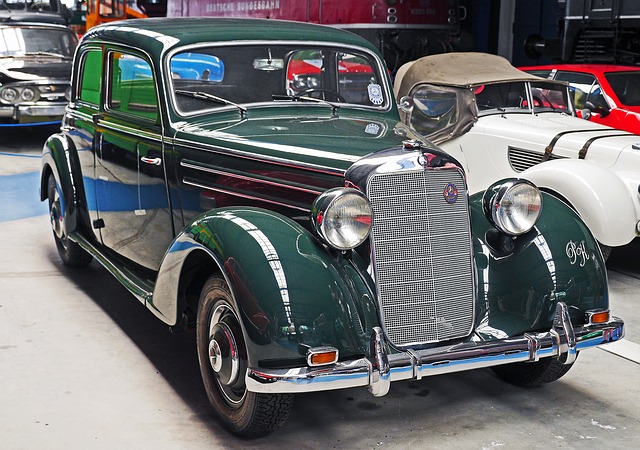Introduction
When it comes to choosing brake pads for your vehicle, there are several options available, including ceramic and semi-metallic brake pads. Both types have their advantages and disadvantages, and the choice between them depends on various factors such as driving style, vehicle type, and personal preferences. In this article, we will dive deeper into the topic of ceramic vs. semi-metallic brake pads to help you make an informed decision.
Materials Used
Ceramic Brake Pads: Ceramic brake pads are made from a combination of ceramic fibers, bonding agents, and fillers. These pads are known for their durability, low noise levels, and ability to generate less dust compared to other types. The ceramic material also provides excellent heat dissipation, which reduces the risk of brake fade during prolonged or aggressive braking.
Semi-Metallic Brake Pads: Semi-metallic brake pads, on the other hand, are composed of a mix of metal fibers, such as steel, iron, or copper, along with friction modifiers and fillers. These pads are known for their high stopping power and ability to withstand high temperatures. They are often the go-to choice for heavy-duty vehicles or those used for towing and hauling.
Performance
Braking Power: When it comes to sheer stopping power, semi-metallic brake pads generally outperform ceramic pads. The metal fibers in semi-metallic pads provide better bite and friction, allowing for more aggressive and responsive braking. This makes them an ideal choice for high-performance vehicles or situations that require frequent and sudden stops.
Noise and Dust: Ceramic brake pads are known for their quiet operation. They produce less noise and vibrations compared to semi-metallic pads, resulting in a smoother and more comfortable driving experience. Additionally, ceramic pads generate less brake dust, which helps in keeping your wheels cleaner for longer periods.
Heat Dissipation: Ceramic brake pads have excellent heat dissipation properties, which means they can handle high temperatures without losing their effectiveness. This makes them a suitable choice for vehicles that undergo frequent or heavy braking, reducing the risk of brake fade and ensuring consistent performance.
Wear and Tear: Semi-metallic brake pads tend to wear out faster compared to ceramic pads. The metal fibers in semi-metallic pads can be more abrasive, causing them to wear down the rotors faster. Ceramic pads, on the other hand, are gentler on the rotors, resulting in less wear and tear over time.
Cost
When it comes to cost, semi-metallic brake pads are generally more affordable than ceramic pads. The materials used in semi-metallic pads are less expensive, making them a budget-friendly option for many vehicle owners. However, it’s important to consider the long-term costs as well, as ceramic pads tend to last longer and require less frequent replacements.
Conclusion
In conclusion, choosing between ceramic and semi-metallic brake pads depends on various factors such as your driving style, vehicle type, and personal preferences. If you prioritize quiet operation, minimal dust, and excellent heat dissipation, ceramic brake pads are a great choice. On the other hand, if you require high stopping power and are willing to trade off some noise and dust, semi-metallic brake pads may be the better option. Ultimately, it’s essential to consider your specific needs and consult with a professional mechanic to make an informed decision.
References
– Brake Performance: www.brakeperformance.com
– AutoZone: www.autozone.com
– CARiD: www.carid.com












